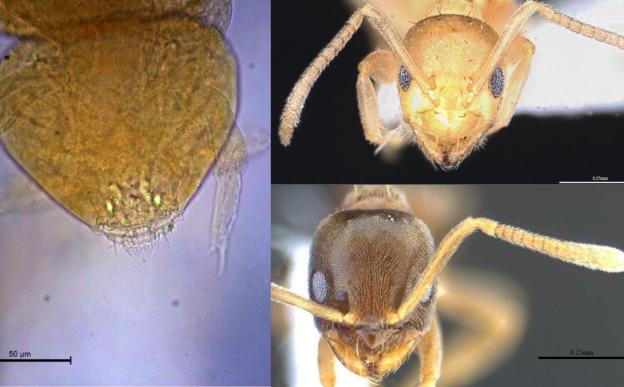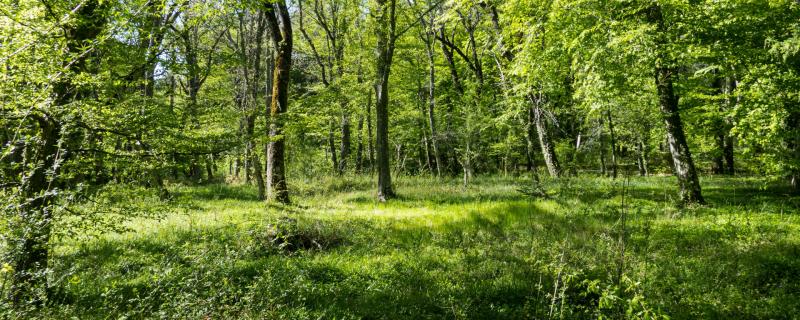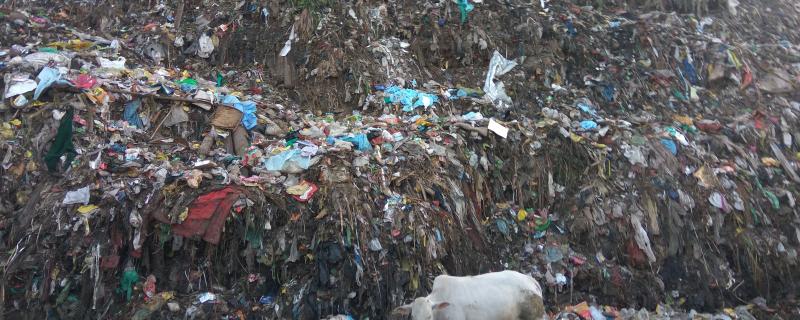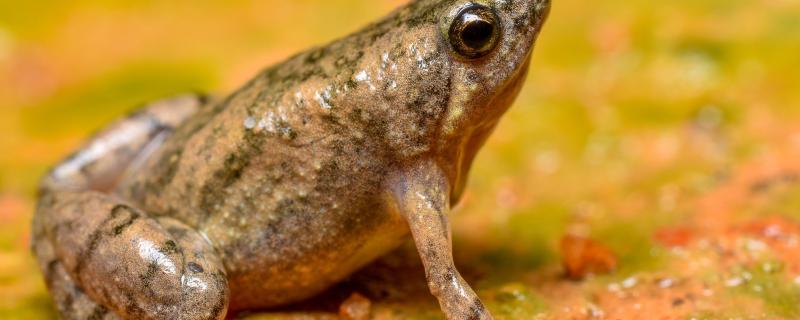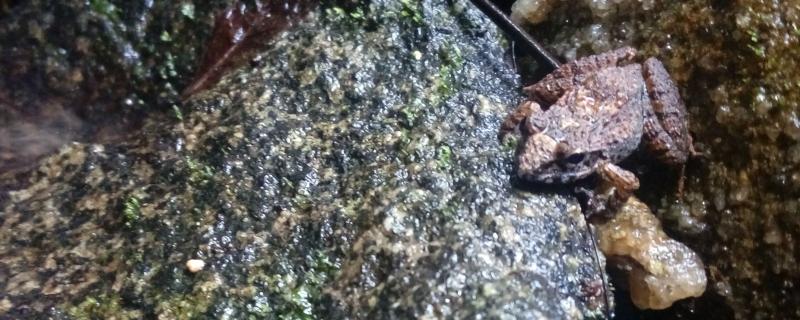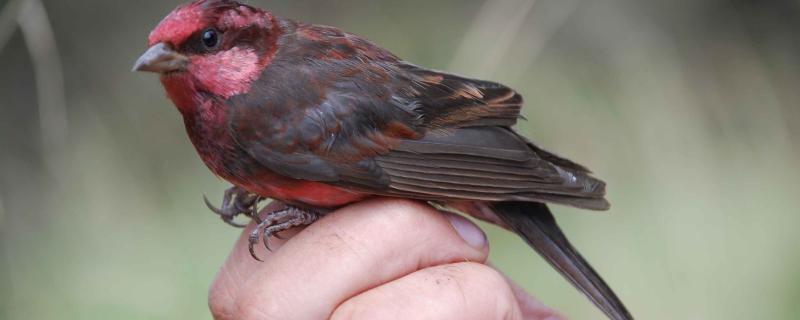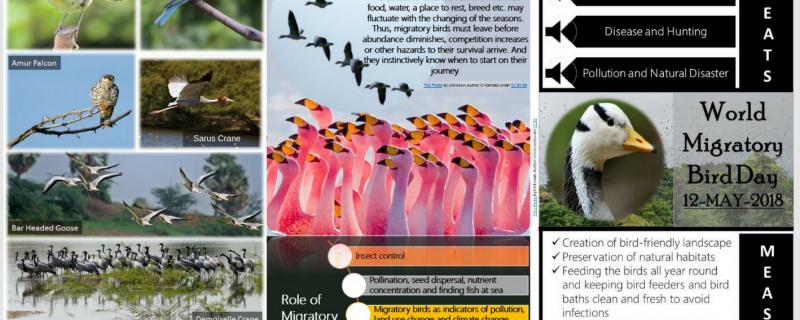Researchers from Indian Institute of Technology Bombay, Mumbai and Cornell University have been reviewing the models and simulations used to study interactions between humans and natural systems. Their study reveals the reason why early prediction of an approaching tipping point of an ecosystem still remains challenging.
Three new species discovered in the Himalayas: a new springtail from Sikkim and 2 new ants from Assam.
Sikkim/
